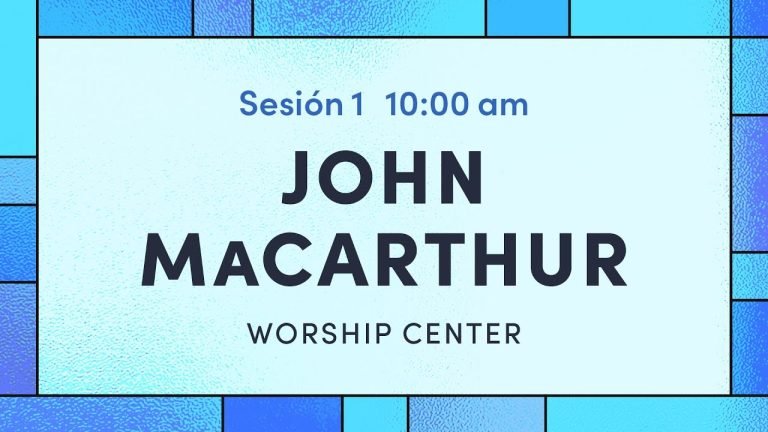When is Easter?
Easter is a time of celebration and reflection for many people around the world. From colorful egg hunts to religious observances, this holiday holds a special place in the hearts of millions. But when is Easter exactly? In this article, we will explore the traditions and significance of Easter, and answer the question: Cuando es pascua? Join us as we delve into the history and customs of this beloved springtime holiday.
When is Easter and Easter Sunday?
Semana Santa and Easter fall on the following dates: March 28th – Maundy Thursday (non-working day), March 29th – Good Friday (public holiday), March 30th – Holy Saturday, and March 31st – Easter Sunday (Resurrection Sunday). These dates mark important events in the Christian calendar, with Good Friday commemorating the crucifixion of Jesus and Easter Sunday celebrating his resurrection.
During this time, many people around the world participate in religious services, processions, and other traditions to observe the significance of these days. It is a time for reflection, prayer, and spending time with loved ones, as well as enjoying festive foods and activities that symbolize new life and hope. Whether you observe these holidays for religious reasons or simply enjoy the cultural traditions, Semana Santa and Easter offer a time for renewal and celebration.
What is Easter and when is it celebrated?
The Easter, also known as Easter Sunday or Resurrection Sunday, is the central celebration of Christianity, commemorating the resurrection of Jesus Christ on the third day after his crucifixion, as described in the canonical gospels. It is a time for Christians to reflect on the significance of Jesus’ sacrifice and the hope of eternal life that his resurrection offers.
Easter is typically celebrated on the first Sunday following the full moon after the vernal equinox, which can fall anywhere between March 22 and April 25. This movable feast is a joyous occasion marked by church services, festive meals, and the exchange of Easter eggs as a symbol of new life and rebirth. It is a time for believers to come together in worship and fellowship, rejoicing in the victory of Christ over sin and death.
What is the day of Easter eggs?
The tradition of hiding Easter eggs on the night of Holy Saturday (March 30th) for children to find on Easter Sunday morning (March 31st) as a representation of Christ’s life and resurrection continues to be upheld today.
Easter eggs are delivered on Easter Sunday as a symbolic reminder of new life and rebirth, with the tradition dating back to ancient pagan festivals celebrating the arrival of spring. The eggs are often decorated and exchanged as gifts to mark the joyous occasion of Easter.
Unveiling the Mystery of Easter’s Date
Easter’s date is determined by a complex set of calculations based on the lunar calendar and the timing of the vernal equinox. The holiday falls on the first Sunday after the first full moon following the vernal equinox, which can range from March 22 to April 25. This system, known as the Computus, ensures that Easter always occurs between March 22 and April 25, with the goal of aligning the Christian celebration with the Jewish Passover. Through this intricate process, the mystery of Easter’s date is unveiled, showcasing the historical and religious significance behind the timing of this important holiday.
Discovering the Significance of Easter’s Timing
As we approach the Easter season, many people may wonder about the significance of the timing of this important holiday. Easter falls on the first Sunday after the first full moon following the vernal equinox, which is a deliberate choice to align with the spring season. This timing symbolizes new life, rebirth, and the end of the cold, dark winter, making it a meaningful and joyous occasion for many.
The timing of Easter also holds religious significance for Christians, as it commemorates the resurrection of Jesus Christ. The arrival of Easter coincides with the Jewish holiday of Passover, which adds another layer of meaning to the timing of this celebration. The alignment of these two holidays highlights the interconnectedness of different faith traditions and the importance of unity and shared values.
Overall, the timing of Easter serves as a reminder of the cyclical nature of life and the hope for renewal and transformation. Whether celebrated for its religious significance, the arrival of spring, or simply as a time for gathering with loved ones, Easter’s timing carries deep symbolism and offers a chance for reflection and gratitude.
Unraveling the History of Easter’s Celebration
Easter, a holiday celebrated by Christians around the world, has a rich and diverse history that spans centuries. The tradition of Easter eggs and the Easter bunny, for example, can be traced back to ancient pagan rituals and symbols of fertility and new life. Over time, these customs were incorporated into the Christian celebration of Easter, creating the unique blend of religious and cultural traditions that we see today. Unraveling the history of Easter’s celebration reveals a fascinating tapestry of ancient beliefs, religious practices, and cultural influences that have shaped this beloved holiday into what it is today.
As we delve into the origins of Easter, we uncover a mosaic of traditions and customs that have evolved and intertwined over the centuries. From the early Christian commemorations of Jesus Christ’s resurrection to the incorporation of springtime fertility symbols, the history of Easter’s celebration is a testament to the enduring power of tradition and the ability of cultures to adapt and evolve. Understanding the diverse historical roots of Easter allows us to appreciate the holiday in a new light, as we recognize the layers of meaning and significance that have been woven into its fabric over time.
Exploring the Traditions and Customs of Easter
Easter is a time-honored holiday celebrated by many cultures around the world. One of the most well-known traditions is the Easter egg hunt, where children search for hidden eggs filled with treats. Another popular custom is dyeing eggs in vibrant colors to symbolize new life and rebirth. Families also gather for a special meal featuring dishes like ham, lamb, and hot cross buns.
In addition to these customs, many people attend religious services to commemorate the resurrection of Jesus Christ. Churches may hold sunrise services to mark the beginning of Easter Sunday. Another common tradition is the Easter parade, where participants dress up in their finest attire and show off their bonnets and outfits. This festive event is a way to celebrate the joy and hope that Easter represents.
Overall, Easter is a time for reflection, renewal, and joy. It is a time to come together with loved ones and partake in meaningful traditions that have been passed down through generations. Whether you celebrate with an egg hunt, a religious service, or a festive meal, Easter is a time to appreciate the beauty of new beginnings and the promise of spring.
In conclusion, Easter is a time of celebration and reflection for many around the world. Whether it is spent attending church services, participating in Easter egg hunts, or simply enjoying a meal with loved ones, the holiday holds significance for both religious and secular communities. As we mark the occasion each year, may we take the opportunity to appreciate the joy and renewal that comes with the arrival of spring and the promise of new beginnings.







